emptiness
Teachings on the core of Buddhist philosophy: that persons and phenomena are ultimately empty of inherent existence because they are dependent arisings. This is the most powerful antidote that eliminates the ignorance and afflictions that give rise to suffering.
Latest Posts
View all posts in Venerable Thubten Chodron's teaching archive.

The object of negation
Correctly identifying the object of negation is essential for the meditation on emptiness to be…
View Post
Who can receive teachings on emptiness?
How to help yourself become prepared to understand the teachings on emptiness.
View Post
Unborn clear light mind
Comparing how the primordially pure mind is understood in the New Translation School (clear light…
View Post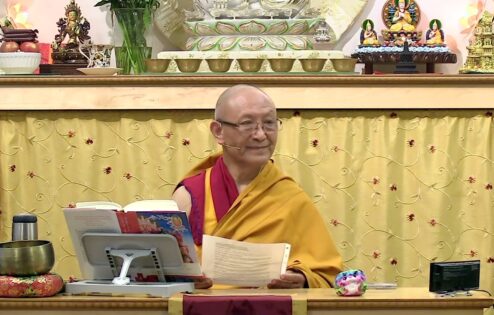
Primordially pure awareness
Explaining the meaning of "primordially pure" and our need to interweave the understanding of emptiness…
View Post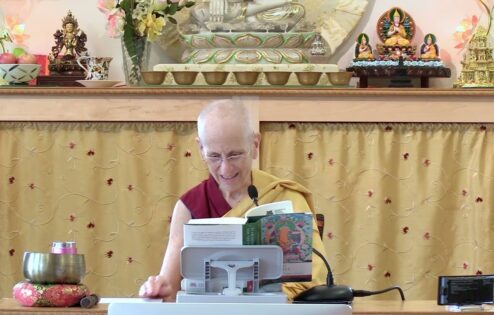
The importance of realizing emptiness
Why emptiness is the antidote to ignorance and the path to peace.
View Post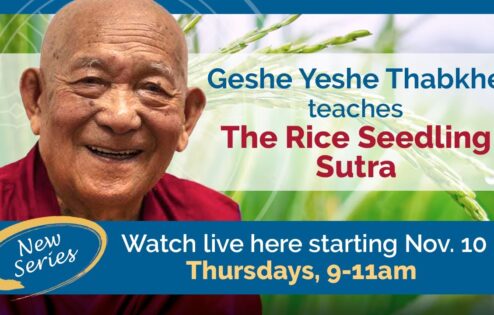
Analysis of the nature of a divine creator
Geshe Yeshe Thabkhe explains how to analyze the nature of a divine creator.
View Post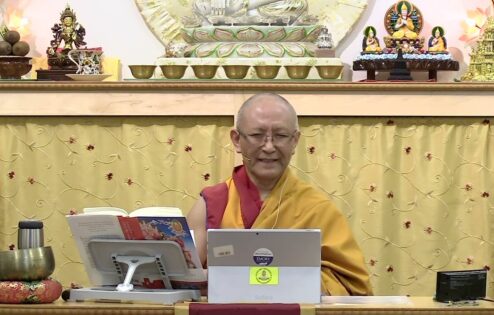
Nature of the mind
Explaining how the nature of the mind is free from pollutants, such that good qualities…
View Post
Analyzing reasons for a divine creator
Geshe Yeshe Thabkhe explains how to analyze reasons for the existence of a divine creator.
View Post
Understanding ignorance
Explaining how afflictions are rooted in ignorance and how we can eradicate ignorance, continuing the…
View Post
Practicing causes for happiness
Geshe Yeshe Thabkhe explains why the Buddha taught dependent arising.
View Post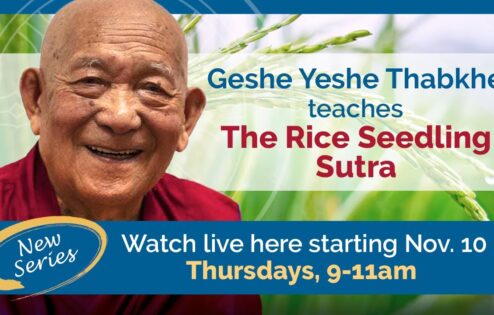
Investigating the existence of a divine creator
Geshe Yeshe Thabkhe discusses various reasons that refute the existence of a divine creator.
View Post